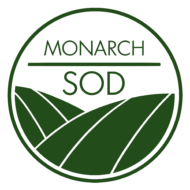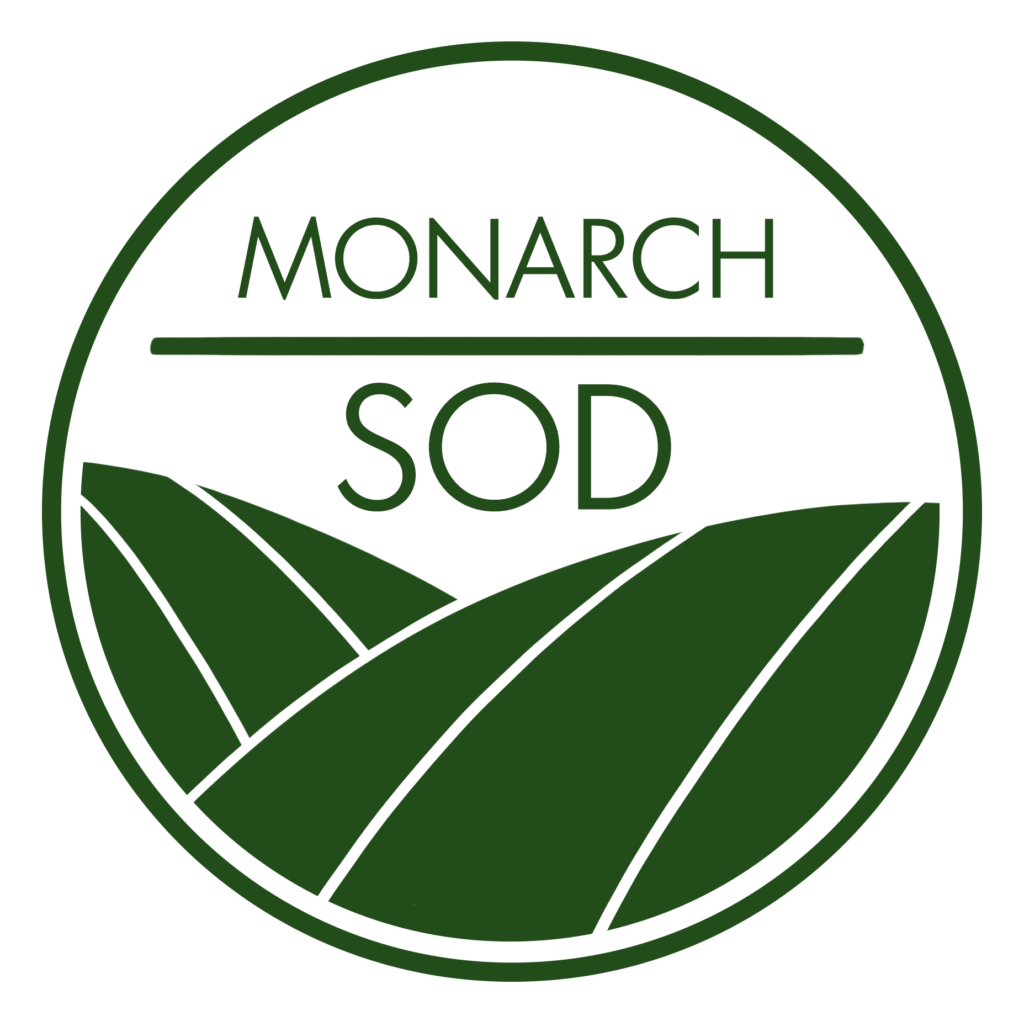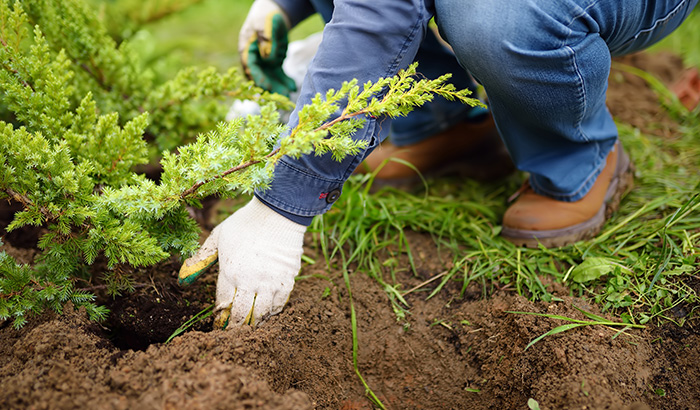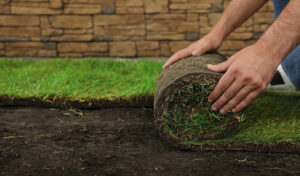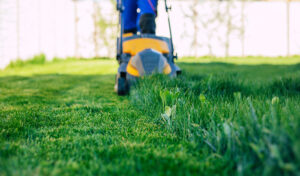Utah’s climate is as diverse as its landscapes, ranging from arid deserts to alpine forests. This variety presents both challenges and opportunities for soil health and care.
The arid nature of much of the state’s regions demands careful consideration of water usage and soil moisture retention. Temperature fluctuations and unique soil compositions further compound the intricacies of maintaining healthy soil.
In this blog, we’ll delve into how Utah’s climate affects soil conditions and explore strategies to overcome these challenges for successful gardening and landscaping.
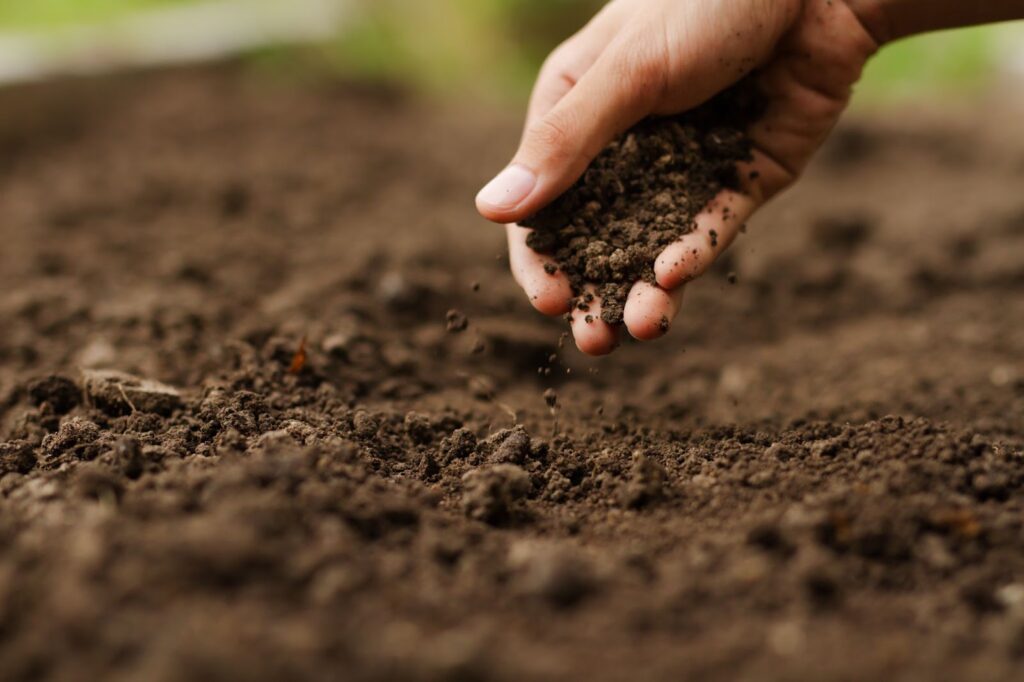
Soil Composition and Challenges
Understanding the intricate relationship between Utah’s climate and its soil composition is key to successful gardening and landscaping in the region. Utah’s soils can be categorized into arid, alkaline, and mineral-rich.
Let’s delve into how these soil types influence critical factors like water retention, drainage, and nutrient availability. Additionally, we’ll address the challenges posed by erosion, compaction, and salinity, which are intricately tied to Utah’s climate.
Utah’s Soil Types: Arid, Alkaline, and Mineral-Rich
Utah’s arid climate has a significant impact on its soil composition. Arid soils are characterized by low organic matter content due to the slow decomposition of plant material in dry conditions. These soils tend to be less fertile, requiring careful attention to nutrient management.
Moreover, many of Utah’s soils are alkaline, which means they have a higher pH level. Alkaline soils can limit the availability of certain nutrients, affecting the health of plants.
On a positive note, Utah’s soils are often mineral-rich due to the weathering of rocks and minerals over time. This can provide a foundation for essential nutrients, but proper management is necessary to unlock their potential.
Effects of Soil Composition on Water and Nutrients
Soil composition is pivotal in water retention, drainage, and nutrient availability. Arid soils have reduced water-holding capacity, making efficient irrigation vital to maintaining soil moisture.
Alkaline soils, with their unique chemical properties, can hinder the uptake of certain nutrients by plants. This underscores the importance of soil testing to understand nutrient deficiencies and adjust fertilization accordingly.
Challenges: Erosion, Compaction, and Salinity
Utah’s climate-driven challenges manifest in the form of erosion, compaction, and salinity issues. Erosion is exacerbated by infrequent, heavy rainfall, leading to the loss of topsoil and nutrients.
Compaction, a result of both arid conditions and foot traffic, reduces soil aeration and water infiltration. Addressing compaction involves implementing practices like aerating and amending the soil.
Salinity poses another challenge. With limited rainfall, salts can accumulate in the soil, affecting plant health and water uptake. Proper irrigation practices and soil amendments can mitigate salt buildup and enhance soil quality.
By grasping the nuances of Utah’s soil composition and recognizing its challenges, you can adopt strategies that enhance soil health, promote plant growth, and create more resilient gardens and landscapes that harmonize with the region’s unique climate.
Best Practices for Soil Care in Utah
Caring for your soil in Utah’s unique climate requires a thoughtful and strategic approach. By implementing the right practices, you can foster healthy, resilient soil that supports thriving plants. Let’s explore a range of best practices tailored to Utah’s conditions, from soil testing to proper irrigation and the integration of organic matter.
Soil Testing and Understanding Soil pH
Soil testing is your compass in the journey of soil care. It reveals valuable insights about nutrient deficiencies, pH levels, and soil composition.
Understanding your soil’s pH is especially crucial in Utah’s diverse climate zones. Alkaline soils can limit nutrient availability, affecting plant health. By adjusting the pH through appropriate amendments, you can create an environment where plants can access essential nutrients more effectively.
Selecting the right plants for your garden is a strategic move that aligns with Utah’s climate and soil conditions. Opt for native plants that have evolved to thrive in these specific conditions. They require less water and maintenance, contributing to water conservation efforts.
Research native species and their water needs, and design your landscape around them for a sustainable and vibrant garden.
Amending your soil is like nourishing it from within. To enhance soil structure, incorporate organic matter like compost and well-rotted manure. This improves soil aeration, allowing roots to access oxygen and nutrients more easily.
Additionally, it boosts water retention, a crucial factor in Utah’s arid climate. Amended soils can hold moisture better, reducing the frequency of irrigation.
Irrigation is a delicate balance, especially in Utah’s water-scarce landscape. Consider drip irrigation or soaker hoses, which deliver water directly to the roots, minimizing wastage. Timing is key.
Water early in the morning or late in the evening to reduce evaporation. Implementing a smart irrigation system with soil moisture sensors can help optimize water usage, ensuring plants get the hydration they need.
Organic matter is soil’s best friend. It not only improves soil structure and water retention but also enhances nutrient retention. By decomposing, organic matter releases nutrients over time, feeding your plants sustainably.
Covering the soil surface with mulch further conserves moisture, suppresses weed growth, and moderates soil temperature, creating an environment where plants can thrive.
Sustainable Landscaping in Utah
Incorporating sustainable landscaping in Utah is not only environmentally responsible but also tailored to the region’s unique climate challenges.
By designing your landscape with water conservation and climate adaptation in mind, you can create a beautiful and resilient outdoor space. Let’s explore a range of sustainable landscaping strategies that harmonize with Utah’s climate.
Design is the foundation of sustainable landscaping. Consider the natural flow of water on your property and plan landscaping features accordingly.
Use contouring to direct water where needed and create rain gardens to capture excess rainwater. Designing with climate change in mind also means selecting plants that can endure both the arid conditions and potential shifts in temperature and precipitation.
Native plants are the unsung heroes of sustainable landscaping. These plants have evolved to thrive in Utah’s specific conditions, requiring less water and maintenance.
By incorporating native species, you contribute to water conservation efforts while promoting local biodiversity. These plants also provide a habitat for native wildlife, enhancing the overall health of your ecosystem.
Xeriscaping, a landscaping technique designed for water efficiency, aligns perfectly with Utah’s climate.
By grouping plants with similar water needs, you can create hydrozones for targeted irrigation. Incorporate drought-tolerant plants in these zones to reduce water usage further. Utilize hardscapes like gravel pathways and rock gardens to minimize areas that require irrigation.
In an arid climate like Utah’s, rainwater is a precious resource that often goes underutilized. Rainwater harvesting involves collecting and storing rainwater for later use.
This practice reduces the demand for municipal water supplies and provides a sustainable source of hydration for your plants during dry periods. Rainwater is also free from chlorine and other chemicals, making it an excellent choice for irrigation.
Sustainable landscaping isn’t just about aesthetic choices; it’s about making conscious decisions that harmonize with the environment. Designing with water conservation in mind, utilizing native plants, implementing xeriscaping principles, and embracing rainwater harvesting are all integral steps toward creating a landscape that thrives in Utah’s climate.
Innovative Solutions
Embracing innovation is a cornerstone of successful soil care and landscaping in Utah. As technology evolves, so do the tools at your disposal to navigate the challenges of the climate. Let’s explore cutting-edge solutions that can enhance your gardening and landscaping efforts while aligning with the demands of Utah’s unique climate.
1. Advanced Irrigation Technologies: Drip Irrigation and Smart Controllers
Advanced irrigation technologies can revolutionize the way you water your landscape. Drip irrigation, for instance, delivers water directly to the plant’s root zone, minimizing wastage due to evaporation or runoff.
This method is particularly beneficial in Utah’s dry climate. Pairing drip irrigation with smart controllers adds another layer of efficiency. These controllers adjust watering schedules based on real-time weather data, preventing overwatering and ensuring plants receive just the right amount of hydration.
2. Soil Moisture Sensors and their Role in Efficient Water Usage
Soil moisture sensors are a game-changer in efficient water usage. These sensors measure soil moisture levels and provide real-time data, allowing you to gauge when your soil needs water. This technology helps prevent under or over-watering, which can stress plants and harm soil health.
By optimizing irrigation based on accurate information, you can conserve water and create an environment where plants flourish.
3. Ongoing Research and Developments in Soil Conservation and Climate Adaptation
The world of soil conservation and climate adaptation is constantly evolving. Researchers and experts continuously work to find new strategies and techniques that align with changing climatic conditions.
\Staying updated on these advancements can provide you with insights into innovative practices. Keep an eye on universities, agricultural extensions, and local organizations for workshops, seminars, and publications that showcase the latest developments in soil health and sustainable landscaping.
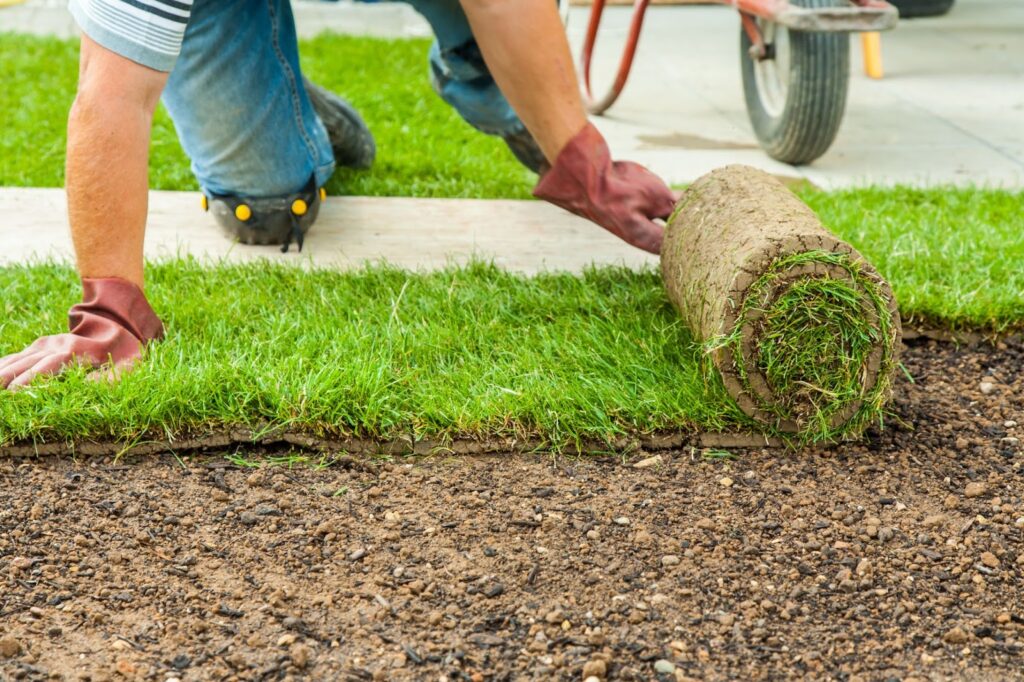
Grow the Best Sod in Utah With Monarch Sod
For top-quality sod in Utah, trust Monarch Sod. Their commitment to premium-grade sod and expert advice can be the key to realizing your dream of a vibrant, healthy lawn. Facing Utah’s climate challenges or soil care complexities? Monarch Sod is your dependable partner.
\As you embark on your lawn journey, remember you’re not alone. From sod selection to maintenance, Monarch Sod supports you in creating a resilient and stunning landscape. Call Monarch Sod today at 801-701-8633 to witness the transformation — your dream lawn is just a call away.
